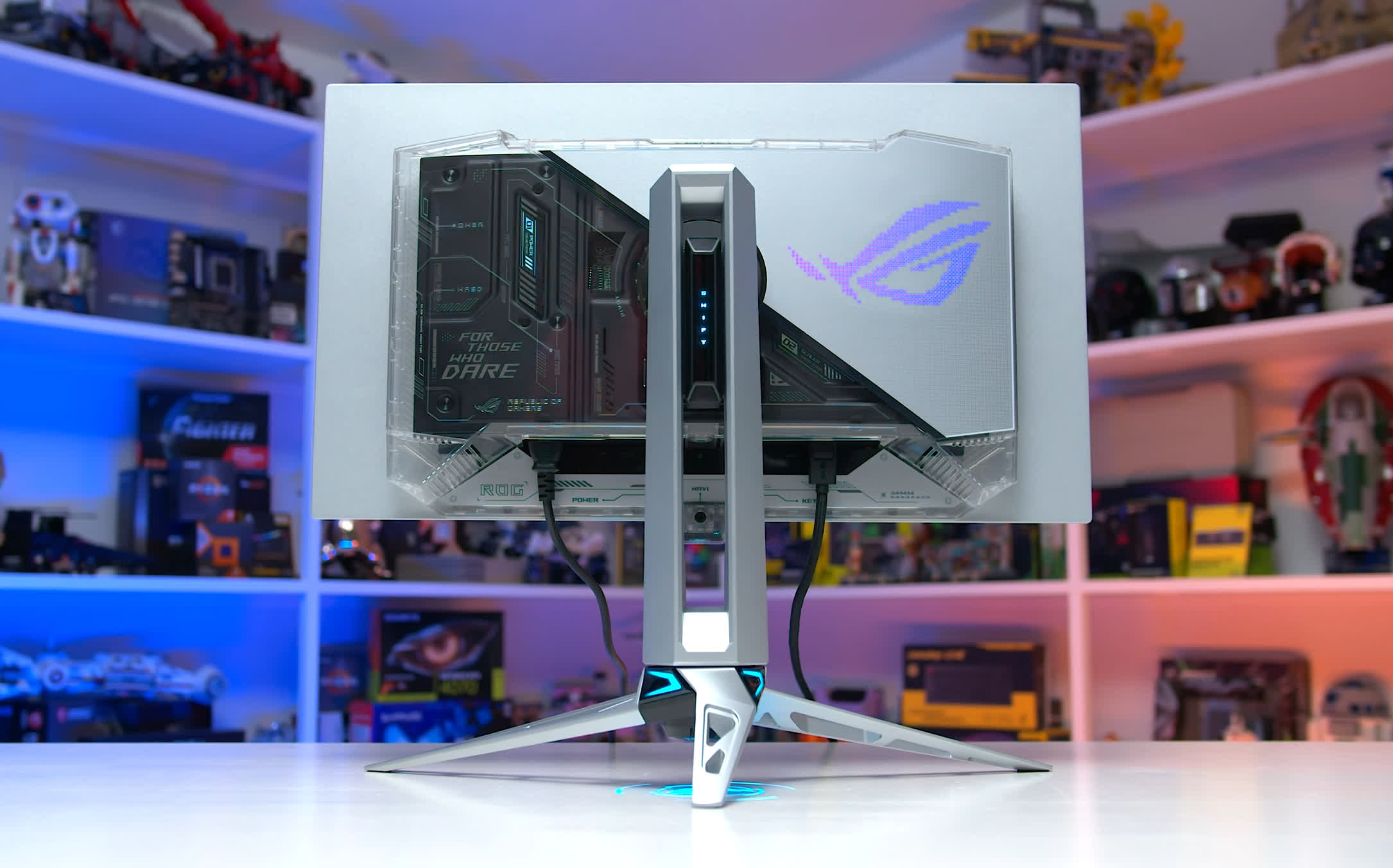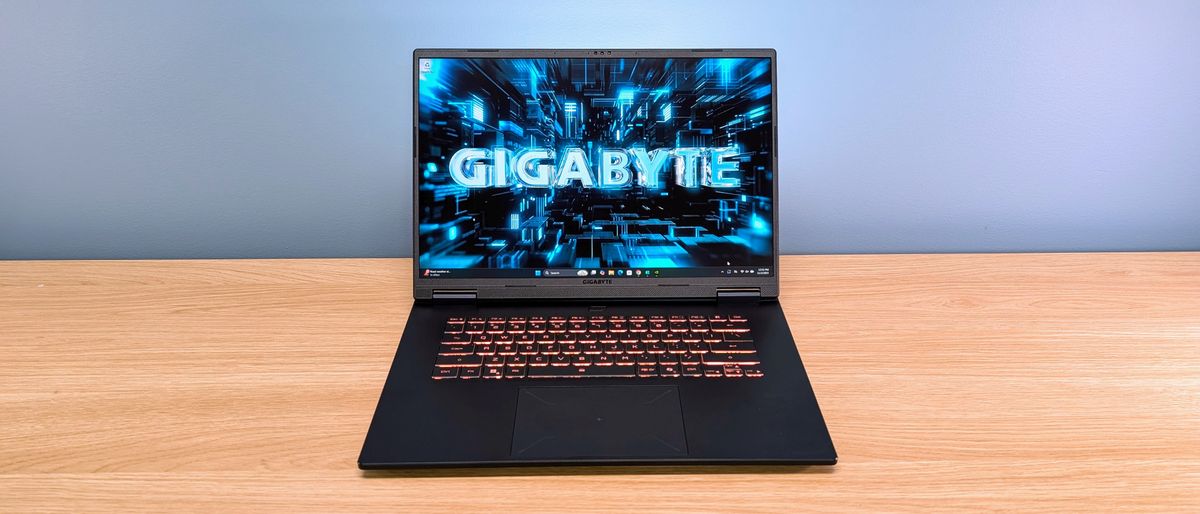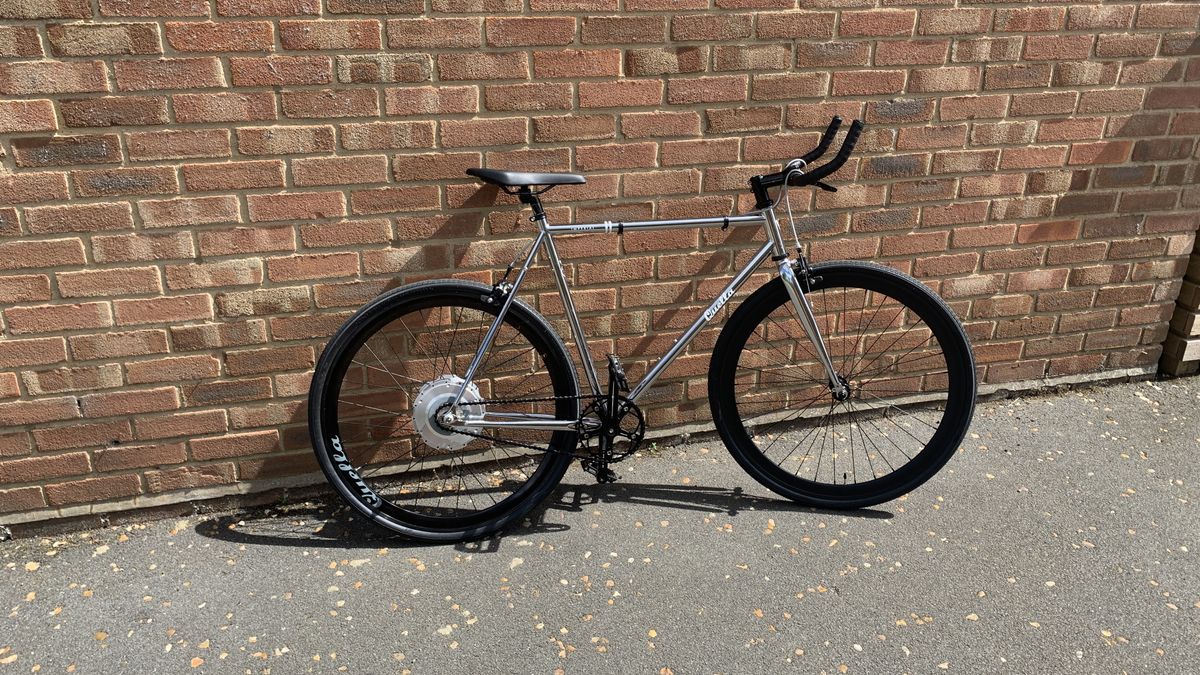This review first appeared in issue 342 of PC Pro.
Lenovo’s P series of laptops is designed for speed, with more expensive configurations than this offering discrete workstation-class Nvidia processors to tie in with its ISV certification. The P14s is a slimline version, which means less powerful chips and – in this case at least – integrated graphics. But don’t imagine it’s slow: turn to the graphs and you will see the ThinkPad P14s vying for top position in many tests.
That’s despite the fact it includes a Ryzen 5 processor with six cores compared to the 12 found in the Core i7-1260P, with AMD’s strength due to them all being fast performance cores. Lenovo supports the AMD Ryzen Pro chip with 16GB of high-bandwidth LPDDR5 memory, although this is soldered to the board; if you want more, upgrade to 32GB at the time of ordering for an extra £90. You can replace the 512GB SSD yourself, with a handful of crosshead screws in your way, but doing so will void the generous three-year warranty.
This laptop’s greatest performance came in our battery tests, lasting for over 16 hours in both our video-rundown and light-use benchmarks. Left idling, it kept going for an astonishing 20 hours. It’s reasonably light at 1.4kg, albeit no match for the similarly long-lasting HP Elite Dragonfly G3 (1.1kg) and Dynabook Portégé X40 (1kg).
The P14s’ keyboard lacks the finesse of the ThinkPad T14s, with a harsher feel to the keys and no backlight, but the glass-coated trackpad is just as glorious and they share near-identical IPS panels. Both provide 1,920 x 1,200 pixels with a matte finish and, while it lacks the vividness of an OLED screen, the P14s covered a fine 81% of the DCI-P3 gamut compared to 71% for its sibling. With a contrast of over 1,800:1, clean whites and a peak of 409cd/m2, it’s one of the best screens here.
Lenovo squeezes six connectors onto the left edge: a 3.5mm jack, HDMI, USB-A port, two USB-C ports (not Thunderbolt 4, merely USB 3.2 Gen 2) and an always useful Ethernet port. The right-hand side is dominated by the vent necessary to keep the processor cool, but Lenovo still finds room for a second USB-A port and a smart card slot.
This isn’t an exciting laptop – music sounds harsh, for instance – but it has plenty to offer business users, including a high-quality 1080p webcam, which supports Windows Hello, within the thick top bezel. If you need to square the circle of strong performance and supreme battery life, it’s the best choice here.
We've listed the best laptops for graphic design and the best laptops for drawing and digital art.











 English (US) ·
English (US) ·